Article by: Julia Dawidowicz
You don’t need to fly all the way to Cannes or Sundance to watch screenings of today’s most innovative films. On Monday, Feb. 22, The Experimental Cinema Exposition, TIE, held a special screening of short avant-garde films at Emerson College that featured the works of various contemporary filmmakers, many of whom have Boston roots.
TIE is a non-profit, multi-day traveling film festival that highlights the works of modern experimental film makers and provides artists with an opportunity to share their films with one another. On Saturday, TIE held a first screening at the Boston Institute of Contemporary Art followed by Monday’s screening, which was attended by a small audience in Emerson’s Walker building on Boylston Street. The eight films, which were compiled by the curator and co-founder of TIE, Christopher May, were shot almost exclusively shot in 16 mm film; a media which is very rarely seen projected on a big screen these days. They were followed by a dynamic Q & A session with two of the directors.
While the films varied in content and style, they were all rather obscure and haunting, and, according to May, shared a certain “exploration… of the contrast between light and darkness, and [finding] enlightenment through things that are considered really dark.”
“Without darkness in a room,” May continued, “you can’t see the light coming from the projector and you can’t see the images. In order to have cinema, you have to have a dark room and you have to have people sitting and facing a growing light above their heads. A lot of the films reflect on this concept.”
The screening began with an unannounced film called “Shelly,” by director Luther Price, with unsettling real-life audio accounts of domestic abuse, all from different points of view, paired with an eerie blank screen. The second film, by Frankie Symonds entitled “My Grandmother Had Cameltoe,” illuminates in a radical way the drastic contrast between the way in which first world and third world cultures deal with a tragedy like infant death and tragedies in general. The disorienting film showed rapid-cuts of footage Symonds found on Ebay, of a 1950’s informative video about a Leave It To Beaver-esque family coping with SIDS (Sudden Infant Death Syndrome), along with disturbing footage of an emaciated African child and his weeping mother, the image of which Symonds considers to be “the polar op posite effect” of the American version. The chaotic feeling of the film was enhanced by the disparity between sounds and visuals. As for the bizarre title, Symonds says, “I wanted the title to pertain to this domestic discomfort.” The dirty notion about grandma certainly does achieve this uncomfortable effect, and the images of the film more so. “I’m very concerned with American culture,” Symonds said, “Sure, America is a grand place, but it’s only grand in contrast to horrendous human tragedy…”
Many of the other films portrayed different aspects of nature in strange and beautiful ways, experimenting with camera technique, often coming across as very obscure and sometimes magical. Water was a theme that surfaced throughout many of the films: as an audience member put it, it can be seen as a metaphor for struggling to breathe and survive, yet also something that is very beautiful. Film maker David Gatten’s interesting film, “What The Water Says Nos. 4-6,” consisted of the sounds and images produced by an experiment he held, in which he placed unexposed rolls of film in crab traps in the Atlantic Ocean to record the physical and chemical interactions between the film and the sea life.
The final film was “Quiver,” by director Robert Todd, an Emerson professor who was also present at the Q & A session. Todd showed footage of a Queen Anne’s Lace flower under various strange conditions, through dark, black & white close-ups. The footage, according to Todd, had spatial ambiguity, which was meant to “make you look in the dark and see what you might find, wonder how deep, and maybe get a little annoyed.” It was paired with an audio recording of an outdoor funeral, creating a nostalgic effect.
Though TIE is no longer in Boston, there is good news: Films From The Margin, Emerson’s primary film screening organization, holds similar film screenings almost every Wednesday at 8. They are not exclusively for Emerson students, and they are free, so if you’re interested in having a unique and mind-blowing experience, it might be worth it to go check one out.




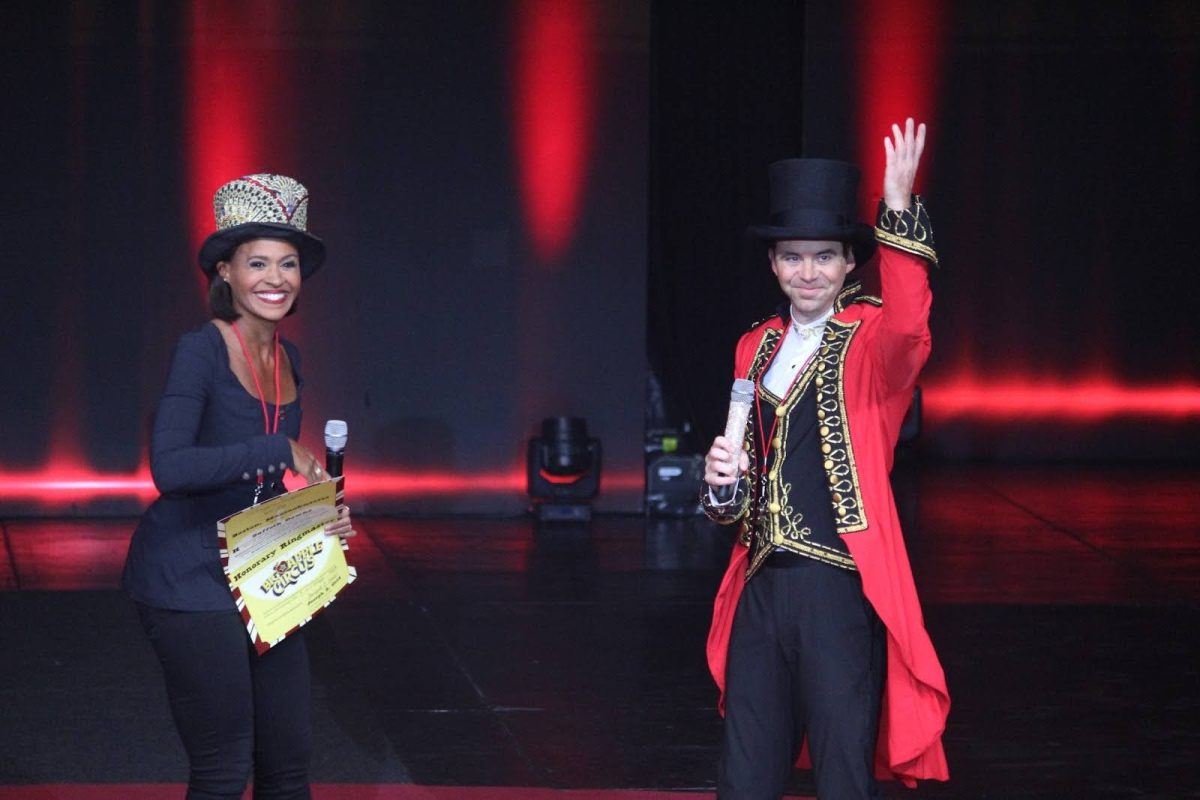
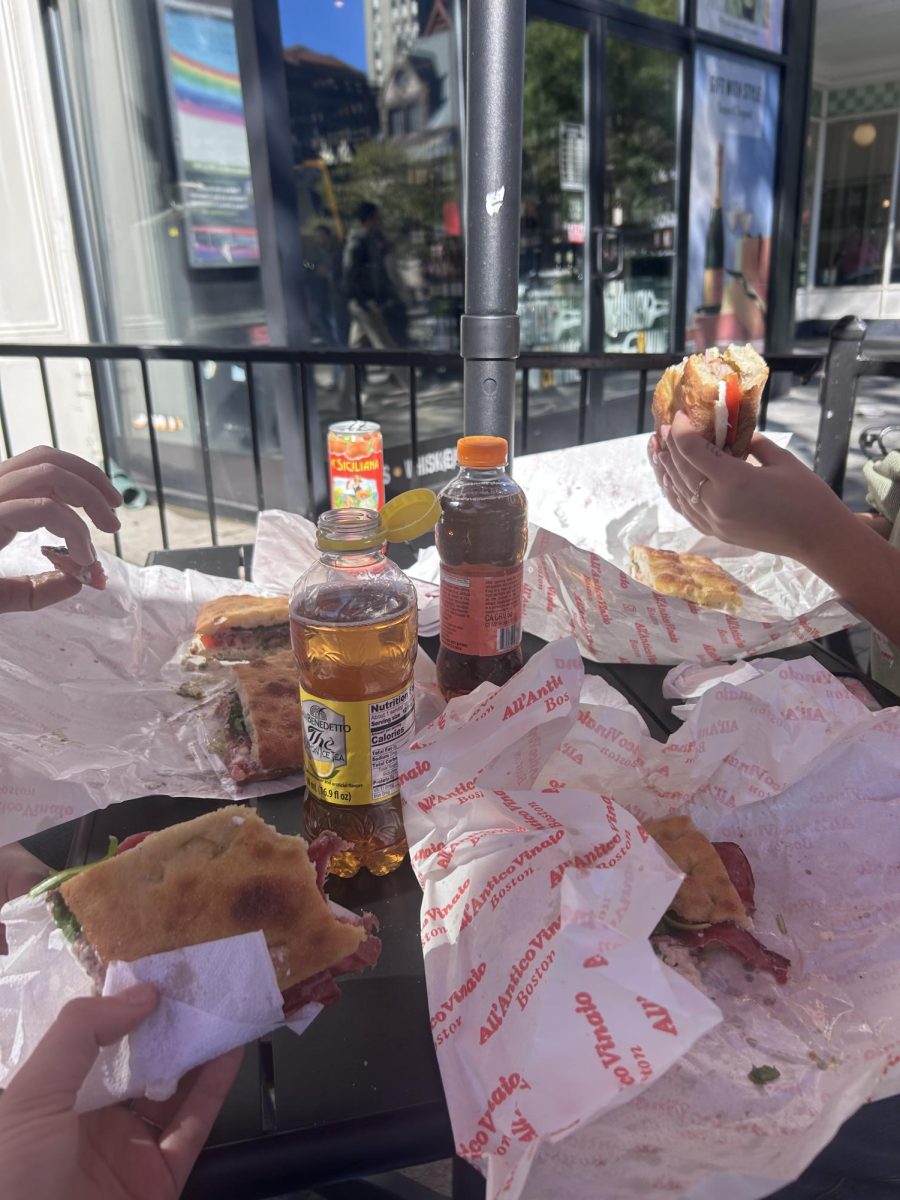
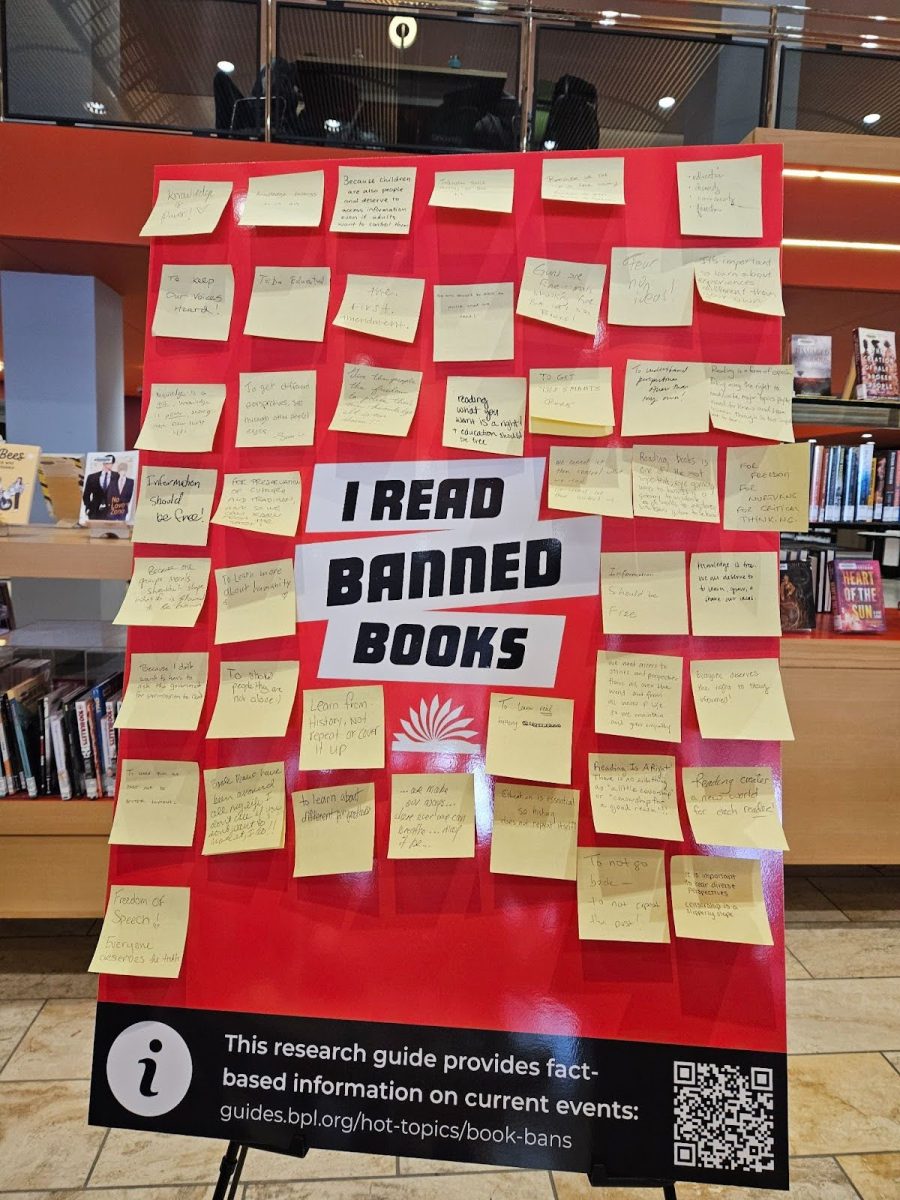


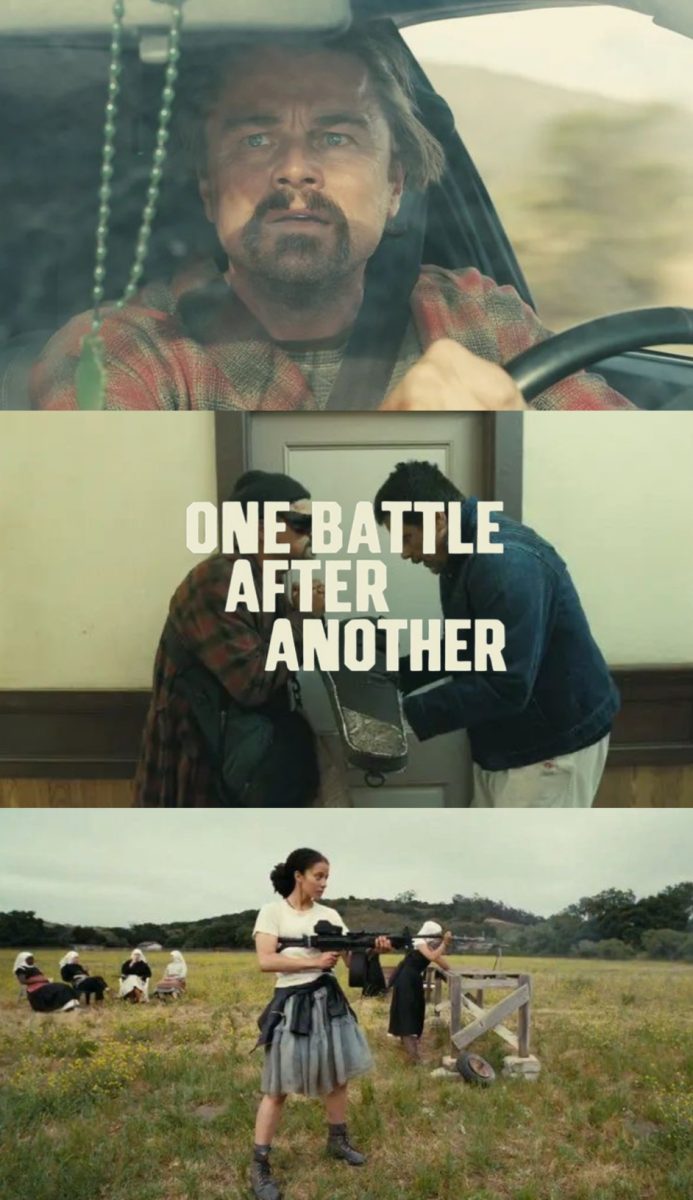
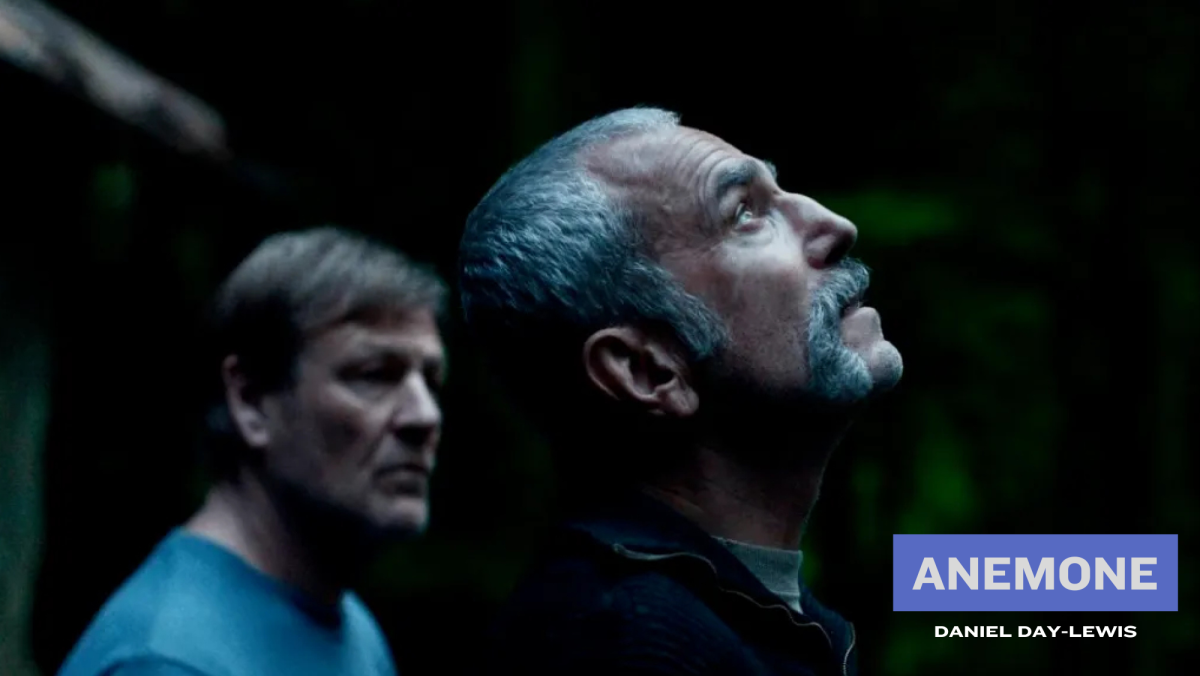


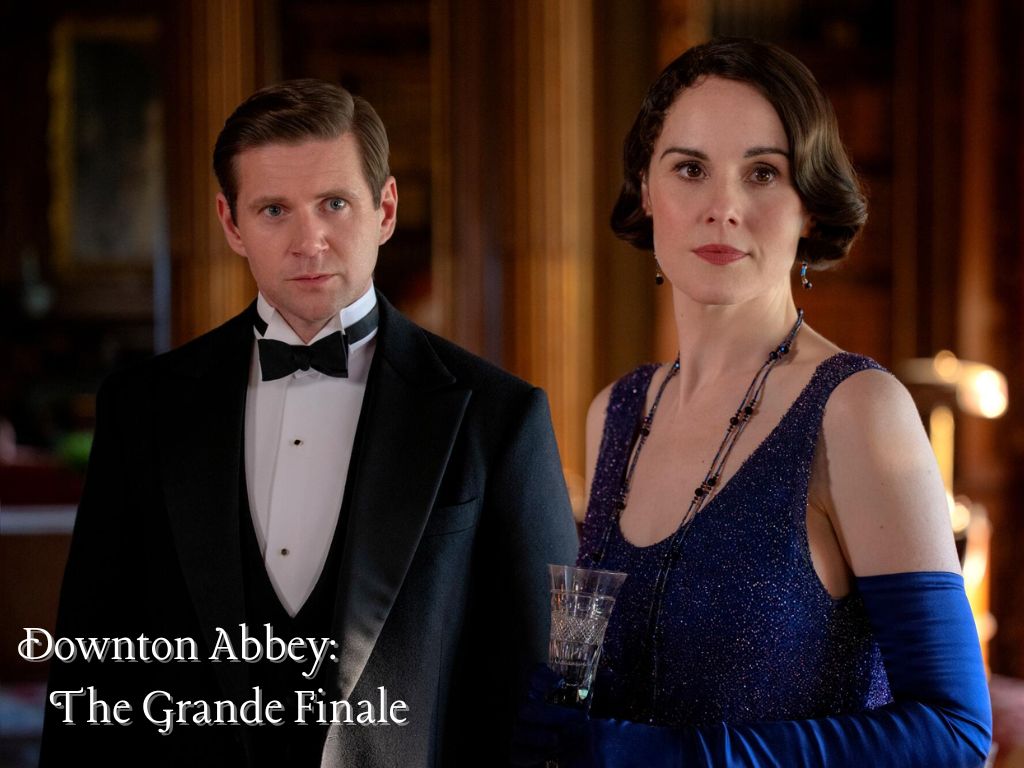
Kallie Tiffault • Mar 3, 2010 at 9:58 am
Awesome article! Thanks a lot! We’re screening tonight at 8pm, 120 Boylston Street room 233 😀